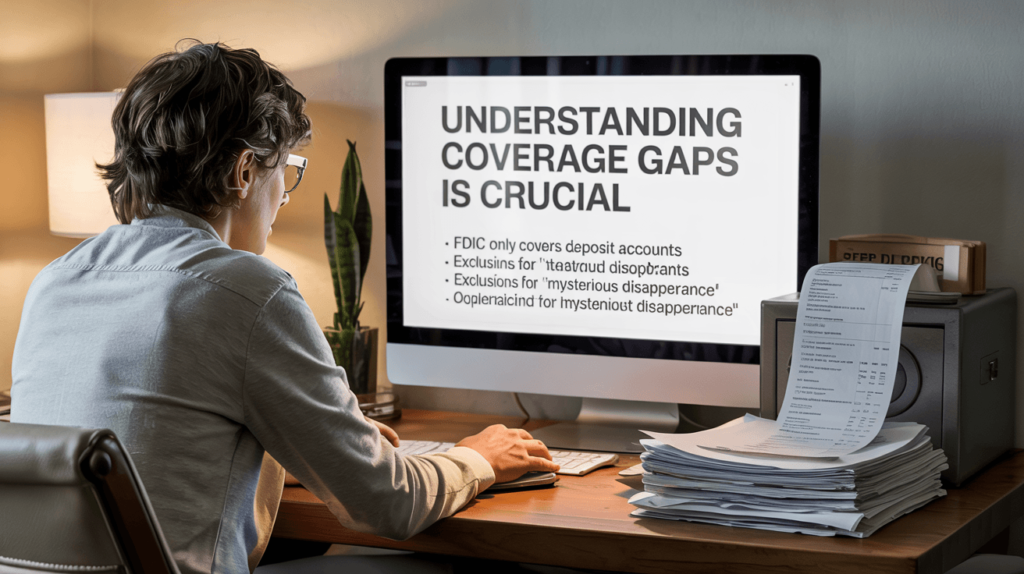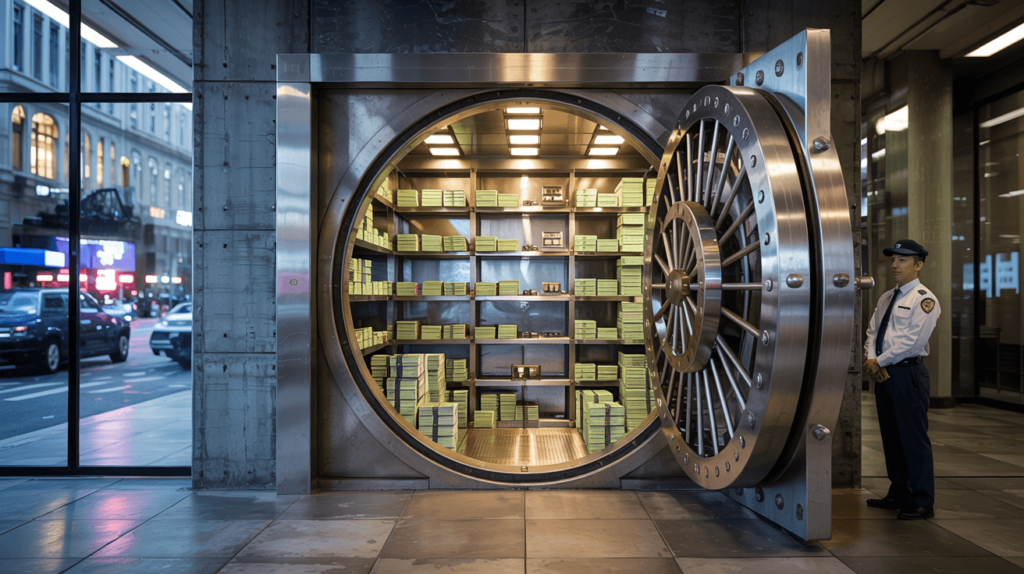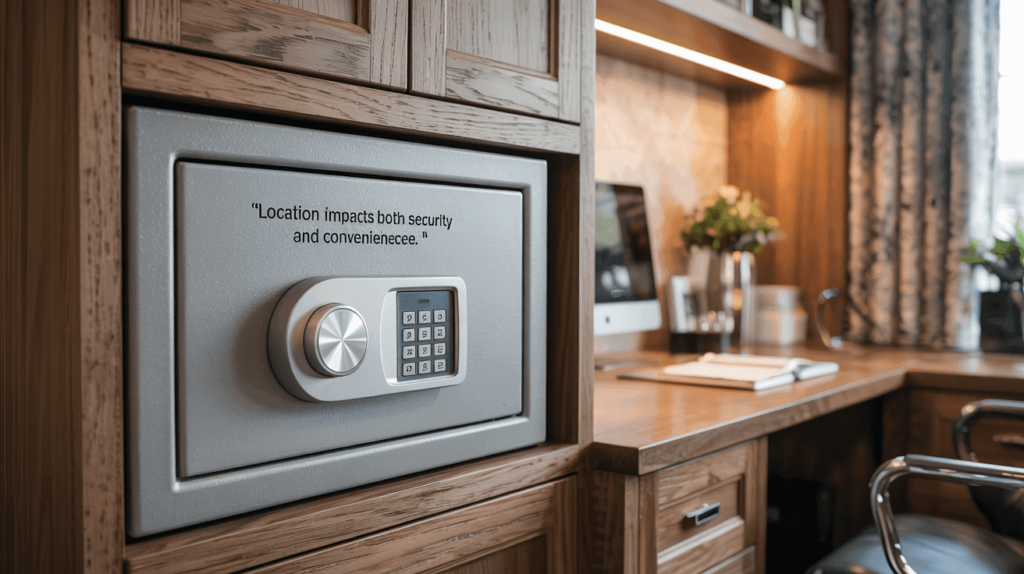In today’s financial landscape, individuals and businesses often grapple with how best to secure their physical cash reserves. Safe deposit boxes at banks present one potential solution, but is this truly the optimal approach for cash storage? This comprehensive guide examines the realities of keeping cash in safe deposit boxes, weighing the security benefits against the limitations while exploring practical alternatives.
1. What Is a Safe Deposit Box?
A safe deposit box is a secured container housed within a bank vault, rented to customers for storing valuables. But here’s the kicker: While often associated with absolute security, these boxes actually come with surprising limitations that many users don’t anticipate until it’s too late.
Typical features include:
- Heavy-gauge metal construction
- Dual-key access (bank key + customer key)
- 24/7 vault security monitoring
- Various size options (small to extra-large)
- Climate-controlled environments
The contents often include important documents, jewelry, and yes – sometimes significant cash amounts. Major banks like Chase and Bank of America offer these services, with boxes ranging from 3″x5″ to 10″x15″ or larger.
2. Is It Legal to Store Cash in Safe Deposit Boxes?
The legality of cash storage in safe deposit boxes often surprises people. What’s the real story? While perfectly legal, there are important regulatory considerations that could impact your decision.
Key legal aspects:
- No federal laws prohibit cash storage
- IRS may investigate large deposits/withdrawals
- Some states have reporting requirements
- Banks don’t monitor box contents
- Civil asset seizure laws may apply
A 2021 case in California saw over $100M seized from safe deposit boxes allegedly connected to illegal activity, highlighting how “anonymous” cash storage isn’t as private as many assume.
3. What Are the Pros of Storing Cash This Way?
Bank vaults offer security advantages that home storage can’t match. This is where it gets interesting: The protections extend beyond just theft prevention.
Major benefits include:
- Physical Security: Bank vaults withstand natural disasters
- Theft Protection: Far more secure than home safes
- Privacy: Contents aren’t routinely inspected
- Fire Protection: Vaults are fire-resistant
- No Paper Trail: Unlike bank accounts

A 2022 bank security study showed that only 3% of safe deposit box burglary attempts succeed, compared to 34% success rates for home safe burglaries.
4. What Are the Cons of Cash in Safe Deposit Boxes?
The drawbacks are significant enough to reconsider this approach. Don’t overlook this: FDIC insurance doesn’t cover cash in safe deposit boxes.
Critical disadvantages:
- No Insurance: Losses aren’t federally protected
- Limited Access: Only during bank hours
- Seizure Risk: Law enforcement can access
- Bank Failure Complications: Delayed access
- No Interest: Cash sits idle
During the 2020 pandemic lockdowns, many box holders couldn’t access their cash for months, illustrating the accessibility challenges.
5. How Much Cash Can You Store in a Safe Deposit Box?
Physical capacity often surprises first-time renters. Ready for the good part? Even small boxes can hold substantial cash amounts if organized properly.
Storage capacity estimates:
| Box Size | Bill Type | Approx. Capacity |
|---|---|---|
| 3″x5″ | $100 bills | $250,000 |
| 5″x5″ | $20 bills | $100,000 |
| 10″x10″ | Mixed denominations | $1M+ |
However, most financial advisors recommend keeping less than $10,000 as part of a diversified approach.
6. What Are the Insurance Implications?
Understanding coverage gaps is crucial. The truth is: Your homeowners policy likely won’t cover safe deposit box cash either.
Insurance realities:
- FDIC only covers deposit accounts
- Private insurance available (expensive)
- Documentation requirements stringent
- Maximum coverage limits apply
- Exclusions for “mysterious disappearance”

Specialist insurers like Chartis offer dedicated safe deposit box policies, but premiums often exceed 1% of coverage value annually.
7. How Does Access Work for Cash Storage?
Access limitations create operational challenges. Key considerations:
- Typically 9am-5pm access weekdays
- Both keys required (bank + customer)
- No immediate emergency access
- Heirs face probate delays
- Business access requires documentation
During natural disasters, banks may restrict access entirely, as happened during Hurricane Sandy when some Manhattan branches closed for weeks.
8. What Security Measures Protect These Boxes?
Bank vault security is impressive but not infallible. Modern protections include:
- Time-lock mechanisms
- Motion sensors and alarms
- Biometric access controls
- 24/7 armed guards
- Audit trail monitoring
However, a 2019 FBI report showed that internal bank theft still accounts for 18% of safe deposit box losses annually.
9. What Are the Typical Costs Involved?
Rental fees vary significantly by location and size. Cost comparison:
| Box Size | Annual Cost (Urban) | Annual Cost (Rural) |
|---|---|---|
| Small | 60−60−150 | 40−40−100 |
| Medium | 150−150−300 | 100−100−200 |
| Large | 300−300−600 | 200−200−400 |
Additional fees often apply for:
- Lost key replacement (50−50−100)
- Drilling fees (150−150−300)
- Late payment penalties
10. What Happens If the Bank Closes?
Bank failures create unique challenges. FDIC procedures include:
- 90-day access blackout period
- Required appointment scheduling
- Inventory documentation requirements
- Potential relocation of boxes
- Limited customer support
During the 2008 financial crisis, some box holders waited 6+ months to access their contents after bank failures.
11. What Are the Best Alternatives for Cash Storage?
Diversification is key. Consider these options:
- High-Yield Savings Accounts: Earn interest with FDIC protection
- Home Safes: UL-rated burglary/fire models
- Safety Deposit Companies: Non-bank specialists
- Cash Management Accounts: Blend of features
- Diversified Approach: Split among options
12. How to Properly Prepare Cash for Storage?
Proper preparation prevents problems. Best practices:
- Use currency straps for organization
- Include silica gel packs
- Document serial numbers
- Photograph contents
- Use vacuum sealing for moisture protection

13. What Are Common Mistakes to Avoid?
Learn from others’ errors. Top mistakes include:
- Storing all cash in one place
- No inventory documentation
- Poor bill organization
- Ignoring access limitations
- Overestimating protections
14. What Do Financial Experts Recommend?
Professional guidance varies. Common recommendations:
- Keep <$10k in physical cash
- Maintain detailed records
- Use multiple storage methods
- Review insurance coverage
- Reassess needs annually
15. How to Decide If This Is Right for You?
Personal factors determine suitability. Consider:
- Cash amount involved
- Access frequency needs
- Risk tolerance
- Insurance options
- Alternative availability
FAQs About Cash in Safe Deposit Boxes
Q1: Is cash in safe deposit boxes FDIC insured?
A: No, FDIC insurance only covers deposit accounts, not box contents.
Q2: Can banks access my safe deposit box?
A: Only with court order or for non-payment, following strict procedures.
Q3: What’s the maximum cash amount recommended?
A: Most experts suggest keeping under $10,000 as part of a diversified approach.
Q4: Are there tax implications for box-stored cash?
A: Only if funds come from illegal activity or exceed reporting thresholds.
Q5: How often should I check on my stored cash?
A: At least quarterly to verify condition and maintain access familiarity.




